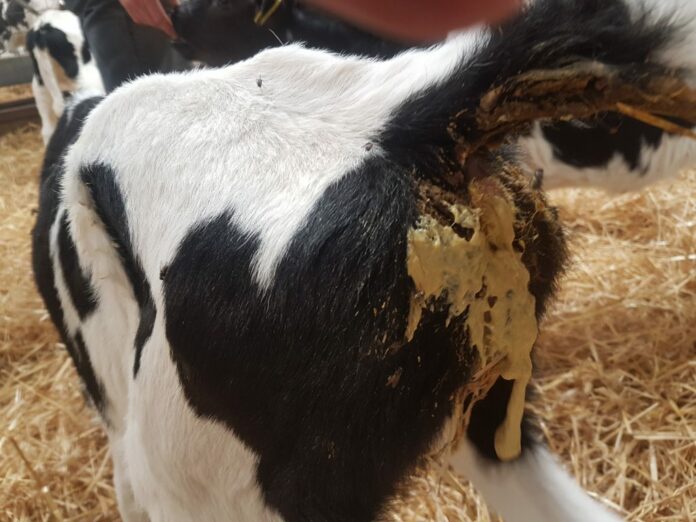Diarrhea is common in newborn calves, and clinical presentation can range from mild diarrhea without systemic disease to profuse, acute diarrhea associated with rapid dehydration, severe disturbance of acid-base and electrolyte balance, and death, sometimes in as few as 12 hours.
Many farmers treat the disease with antibiotics, but the animals sometimes do not recover, leading to death. The disease is associated with some vegetation species, such as Duosperma eremophilum which attract worms.
Some farmers also associate diarrhea in suckling calves with excess milk. Calves are usually infected with worms from the mother.
The Dormant eggs in the mother become active, and larvae migrate to the mammary glands, whereby in-house calves are infected after suckling the milk of the infected mothers.
Top 5 dangerous chicken diseases and their remedies
Research by the Kenya Agricultural Research and Livestock Organization showed that most pastoralists believe that calves collect worms from the pasture during feeding. The signs of the disease include diarrhea, colic-abdominal pains, and colored mucus.
Farmers can control diarrhea in calves by observing hygiene, deworming, and laboratory diagnosis. The sick calves should be treated with a de-wormer (use a safe, effective, metabolizable, and economic de-wormer).
Ensure that the cattle calves are well restrained to avoid choking. For laboratory diagnosis, collect faecal samples for examination in the laboratory. On examination, eggs of the parasite are seen on the specimen.
Also, clean the cattle house to avoid re-infection. It is advisable to treat new animals before introducing them to your herd.








